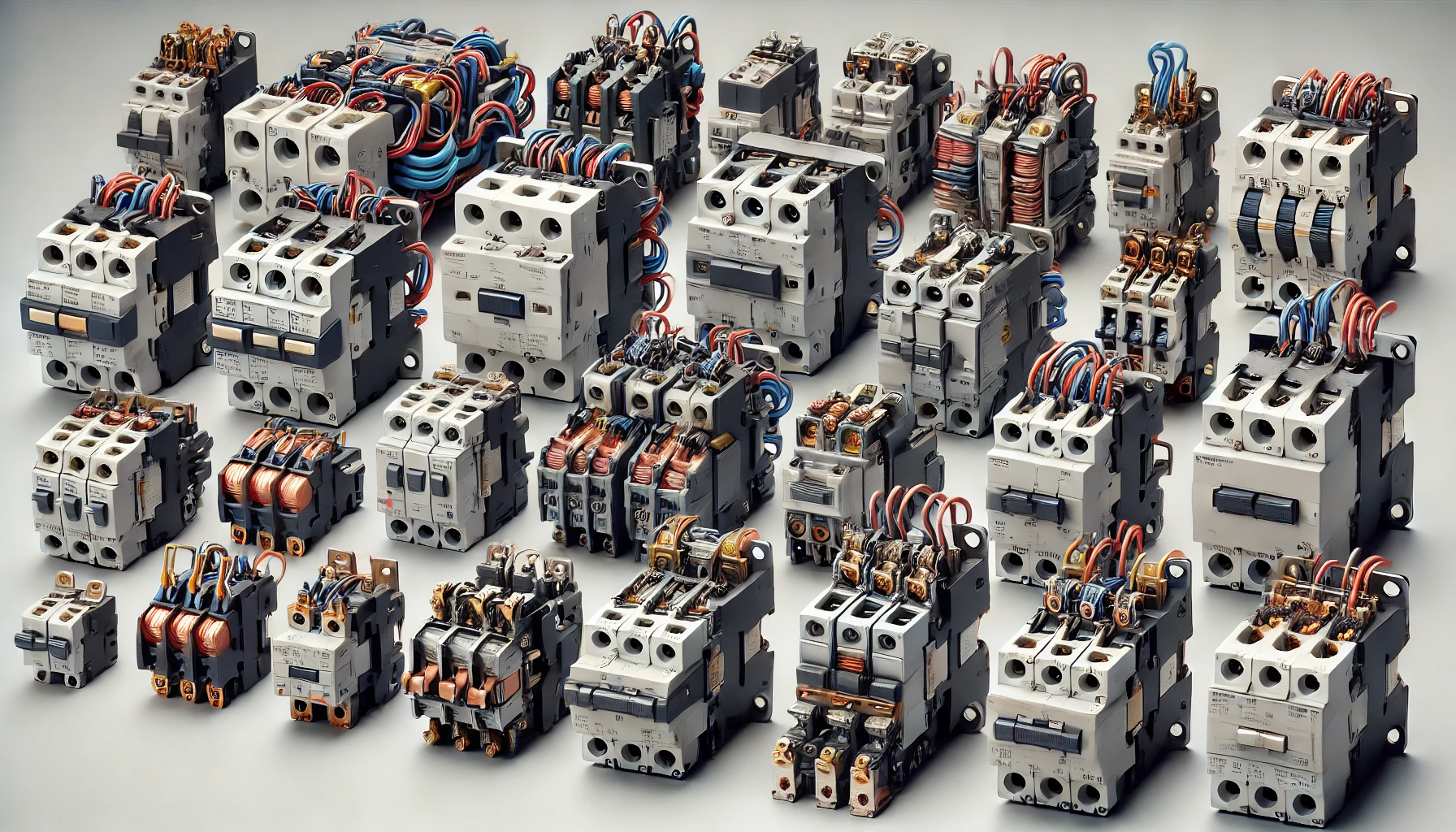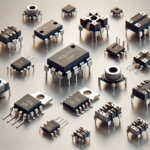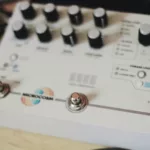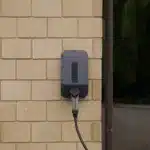
Introduction
The modern technological world of electrical systems demands robust and seamless functioning of safe and efficient power flow. In this context, contactors serve as the backbone in managing optimised power distribution in small control currents and higher-power circuits without manual intervention. In addition, these essential components provide reliable control of high-current loads in modern electrical systems with countless applications, from industrial machinery to household appliances. This article explores what contactors are and uncovers their functions, types, and indispensable role in modern electrical circuits.
What is a Contactor? An Insight Into Its Significance
A contactor is essentially a heavy-duty relay designed to switch electrical circuits on and off repeatedly. This electromechanical switch is used to turn large electrical circuits on and off, such as those powering motors, lights, or other heavy-duty equipment. These components can be controlled electrically, meaning a low-voltage signal can be used to operate a device that handles much higher power. Such components differ from a standard electrical relay in their ability to handle significantly higher current and voltage levels. Additionally, these devices come with additional features, such as overload protection and auxiliary contacts, typically lacking in relays.
The significance of an electrical contactor lies in its ability to reliably and efficiently control high-power loads. Moreover, they enable remote operation, provide electrical isolation between control and power circuits, and offer overload protection. With their long service life, high reliability, and modular design, they are essential for ensuring the safe, efficient, and reliable operation of various electrical equipment, from motors to lighting systems. Furthermore, remember, correct contactor wiring and an accurate contactor wiring diagram are essential for secure installation, troubleshooting, and maintenance.
How Does a Contactor Work?
Structurally, a contactor includes a coil (the electromagnet), contacts, and springs. Together, these components trigger the control of electrical circuits. When electrical power is applied to the coil, a magnetic field is generated, pulling the contacts together and allowing electricity to flow through the circuit. This process enables these devices to control large power loads with minimal input. They also come as smart contactors, which are advanced devices that integrate with digital control systems. They offer features like real-time monitoring, diagnostics, and remote control.
Most Common Types: Exploring Their Popular Varieties
Contactors come in various types based on their function and current type. These include:
Contactors Based on Current Type
- AC Contactors – They are the most common type, primarily used in alternating current (AC) applications. Moreover, they are typically used in HVAC systems, lighting control, and motor starting.
- DC Contactors – Designed for direct current (DC) applications and are common in battery systems, electric vehicles, and photovoltaic systems.
Contactors Based on Function
- Electromagnetic Contactors – These are the most used switches, operating based on the electromagnetic attraction created by an energised coil. They are widely used in motor control, lighting, and power distribution.
- Definite-Purpose Contactors – These electrical switches come with specialised features and are designed for specific applications like welding, compressors, or pumps. They are compact and can handle a limited range of currents and voltages.
- Reversing Contactors – Reversing contactors change the direction of a motor rotation. However, they typically comprise two interlocked contactors to prevent simultaneous operation. A reverse contactor is widely used in applications that require motor direction changes, such as lifts, hoists, and conveyors.
- Vacuum Contactors – These devices use vacuum as the medium for contact separation. They offer superior performance in terms of switching speed, contact life, and arc suppression, making them perfect for high-voltage and high-current applications.
- Capacitor Switching Contactors – These are specialised contactors designed for switching capacitor banks. They help correct the power factor in electrical distribution systems and can withstand the high inrush current that occurs when capacitor banks are energised.
The Role of Contactors in Modern Electrical Circuits: Unveiling Their Versatility
The primary role of a contactor is to safely and efficiently control the electricity flow within a circuit. However, the high reliability and ease of automation make these electrical switches an ideal choice for extensive electrical applications. Let’s explore how they fit into different electrical circuits:
- Power Distribution: In power distribution systems, contactors can switch and control large electrical loads, ensuring safe and efficient operation.
- Contactors in Motor Control Applications: Contactors are extensively used for starting induction and other types of electric motors by momentarily connecting the motors to the power supply.
- Lighting Management: Large lighting setups, such as those in stadiums and commercial buildings, rely on contactors for efficient energy management and control.
- Contactor’s Role in Heating Applications: Contactors manage the electrical flow in large heating systems, ensuring that elements are energized in a controlled manner.
- Contactors in Renewable Energy Systems: Contactors are essential in renewable energy systems, where they manage the integration of power sources like solar panels and wind turbines into the grid. Moreover, they help disconnect and reconnect these sources based on demand, ensuring stable and efficient operation.
Bottom Lines
They are indispensable components in modern electrical systems, providing efficient and reliable control over electrical circuits. Furthermore, with different types available, they cater to a wider range of applications across various domains. Whether in industrial settings, commercial buildings, or residential complexes, contactors prove to be an indispensable element in the intricate world of electrical engineering.





















